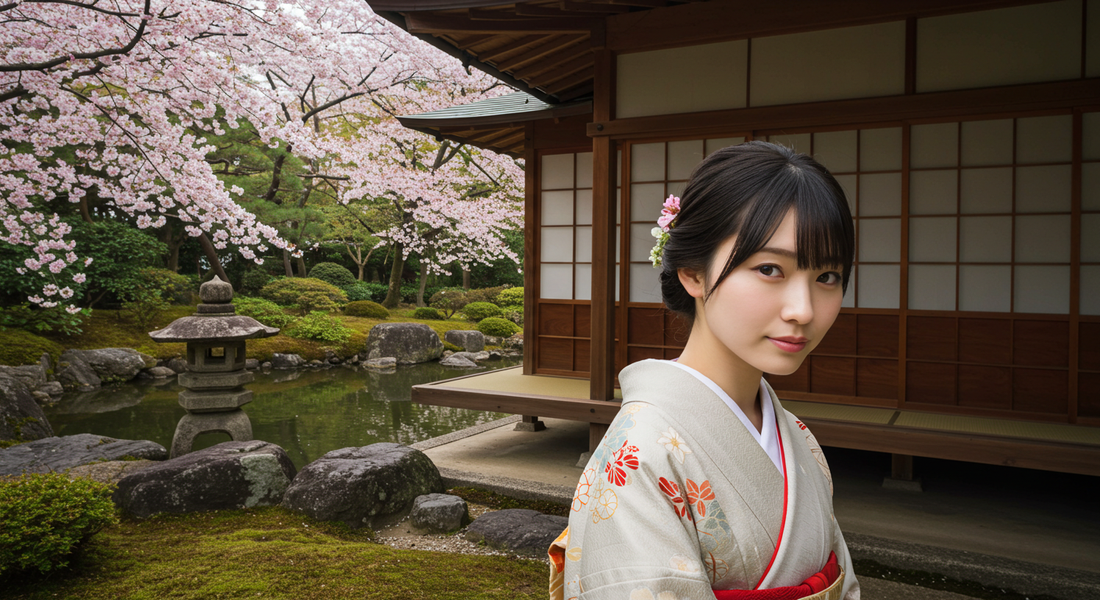
How to Write Pretty in Japanese: A Guide to Elegance in Language
Introduction
The concept of "pretty" in Japanese goes beyond mere appearances, encompassing elegance, simplicity, and harmony. The word "kirei" (きれい) is the most common term for "pretty" and "beautiful," but Japanese culture offers a variety of expressions to capture different nuances of prettiness.
According to Statista, Japanese remains one of the top five languages studied globally, with many learners fascinated by its writing system and aesthetic vocabulary. Whether you're describing a scenic view, complimenting someone, or exploring Japanese calligraphy, knowing how to express "pretty" in Japanese enhances your fluency and cultural understanding.
This guide covers how to write "pretty" in Japanese, its cultural significance, and how to use it effectively in conversations. For personalized lessons, explore Kizuna Training’s tailored courses.
How to Write "Pretty" in Japanese
1. The Word "Kirei" (きれい)
- Hiragana: きれい
- Kanji (optional): 綺麗
- 綺 (ki) – "Beautiful."
- 麗 (rei) – "Elegant."
"Kirei" is most commonly written in hiragana (きれい) in daily use. The kanji form, 綺麗, is less frequent and considered formal or literary.
Examples Using Kirei
-
Kono hana wa kirei desu.
(この花はきれいです。) – "This flower is pretty." -
Anata wa hontou ni kirei desu.
(あなたは本当にきれいです。) – "You’re truly beautiful."
Other Words for "Pretty" in Japanese
1. Utsukushii (美しい)
- Kanji: 美しい
- Used for poetic or profound beauty.
-
Fuji-san wa utsukushii desu.
(富士山は美しいです。) – "Mount Fuji is beautiful."
2. Kawaii (かわいい)
- Hiragana: かわいい
- Means "cute," often used for youthful prettiness or charming objects.
-
Kono neko wa kawaii desu.
(この猫はかわいいです。) – "This cat is cute."
3. Migoto (見事)
- Kanji: 見事
- Refers to something splendid or magnificent.
-
Ano uta wa migoto deshita.
(あの歌は見事でした。) – "That song was splendid."
How to Use "Pretty" in Sentences
1. Complimenting Appearance
-
Anata no kirei na kami wa subarashii desu.
(あなたのきれいな髪は素晴らしいです。) – "Your beautiful hair is wonderful."
2. Describing Nature
-
Sakura no hana wa hontou ni kirei desu.
(桜の花は本当にきれいです。) – "The cherry blossoms are truly pretty."
3. Talking About Objects
-
Kono ie wa kirei ni katazukete arimasu.
(この家はきれいに片付けてあります。) – "This house is tidied up beautifully."

Cultural Insights: Beauty in Japanese Contexts
1. Simplicity and Elegance
In Japanese culture, "prettiness" often reflects understated elegance and harmony, aligning with the aesthetic of wabi-sabi—finding beauty in imperfection.
2. Calligraphy as Art
Writing words like kirei in calligraphy highlights the beauty of the Japanese language. The strokes for 綺麗 are intricate, requiring practice to achieve balance and flow.
How to Practice Writing "Pretty" in Japanese
1. Start with Hiragana
Practice writing きれい on lined paper to perfect your stroke order.
2. Move to Kanji for Elegance
Challenge yourself by practicing 綺麗, focusing on its complex strokes.
3. Create Contextual Sentences
Write sentences using "pretty" to describe people, places, and things.
-
Kirei na tsuki ga sora ni ukandeimasu.
(きれいな月が空に浮かんでいます。) – "A beautiful moon is floating in the sky."

Learn Japanese Vocabulary with Kizuna Training
At Kizuna Training, we make learning Japanese practical and engaging. Whether you’re mastering basic words like kirei or diving into poetic expressions like utsukushii, our courses provide personalized lessons tailored to your goals.
💡 Start your language journey today with Kizuna Training!
Conclusion
Mastering the word "pretty" in Japanese, from its everyday use as kirei to its poetic counterpart utsukushii, deepens your language skills and cultural understanding. By practicing both hiragana and kanji forms and incorporating these words into sentences, you’ll communicate with confidence and elegance.
For expert guidance and personalized lessons, trust Kizuna Training to elevate your Japanese learning experience.

